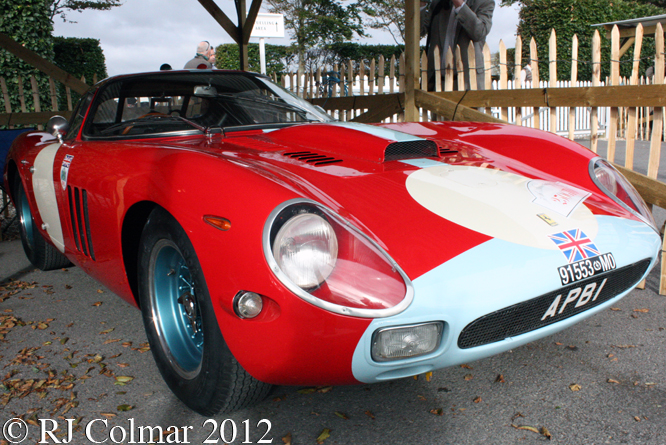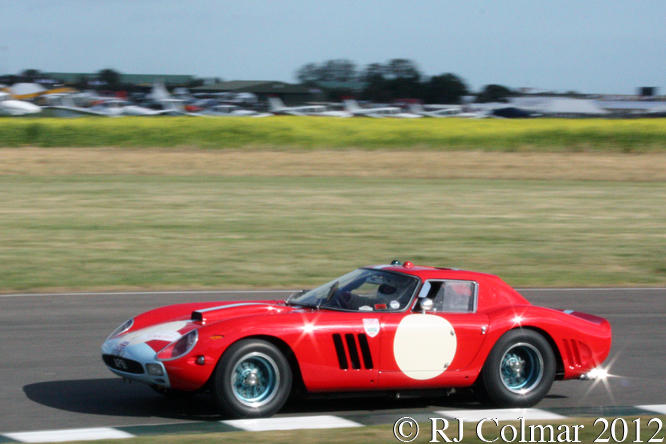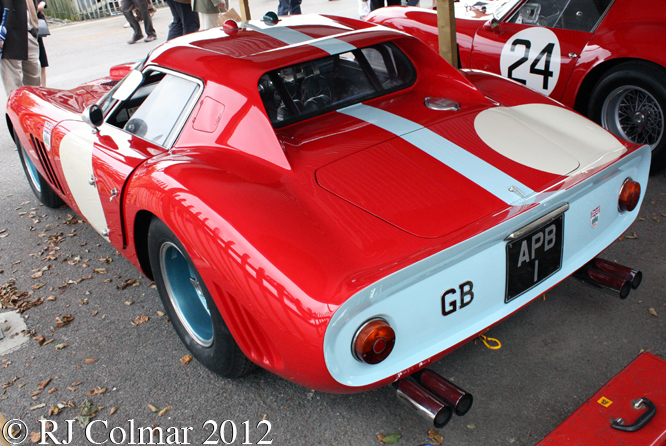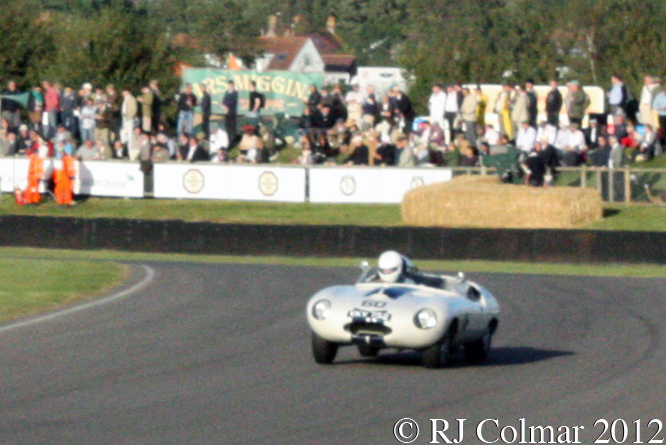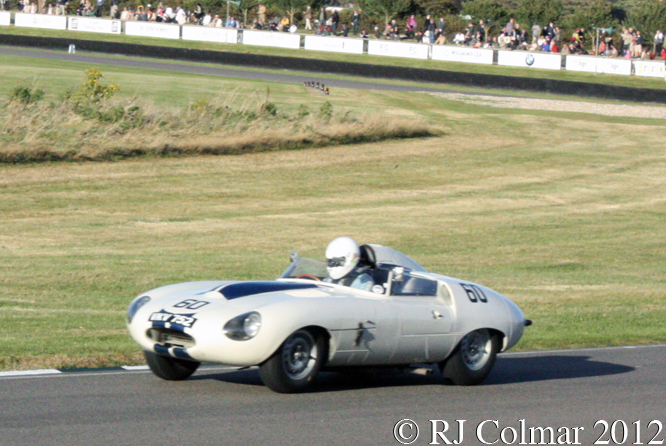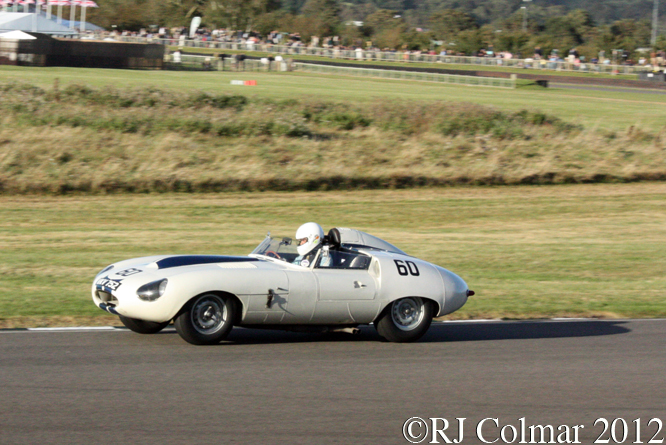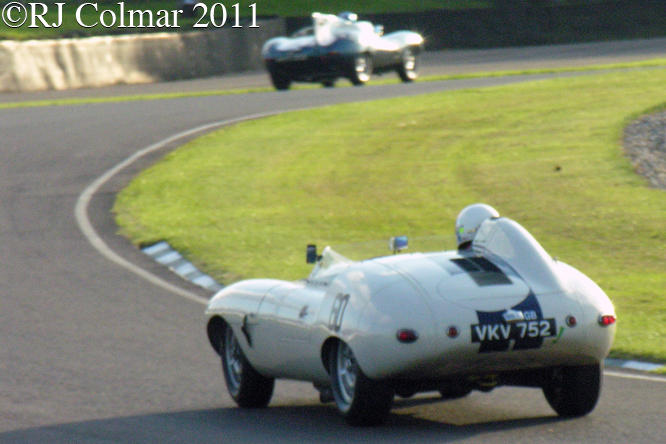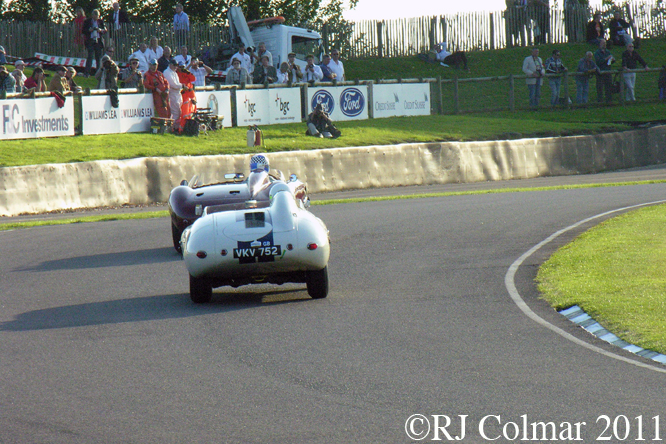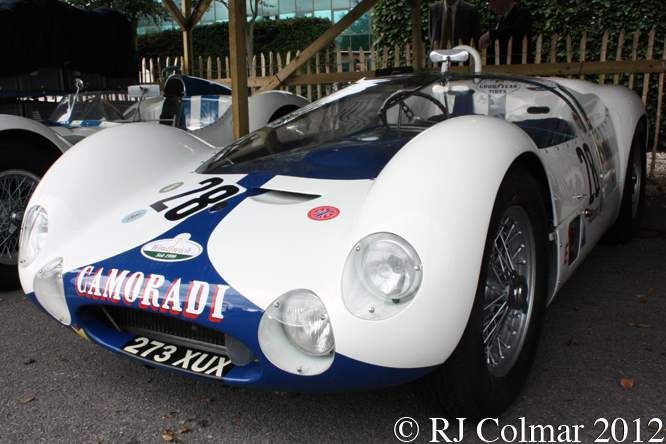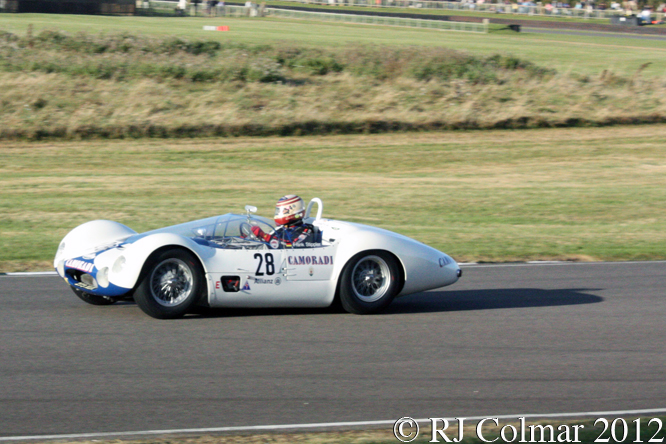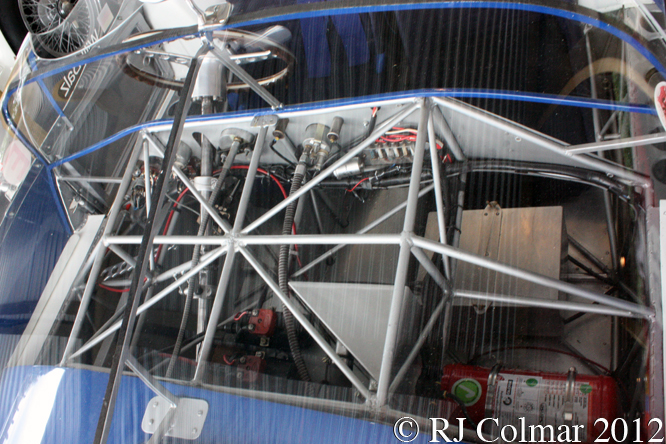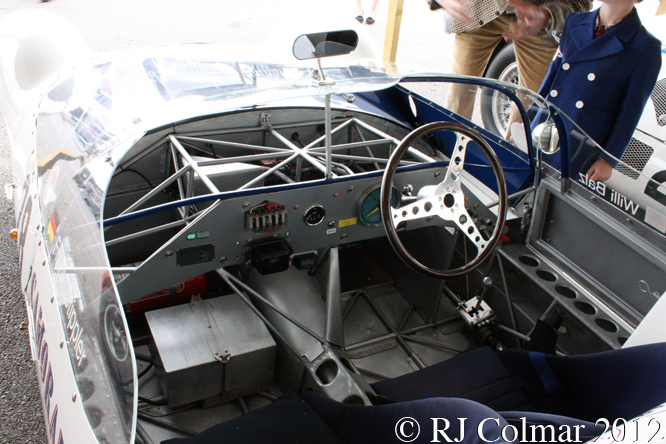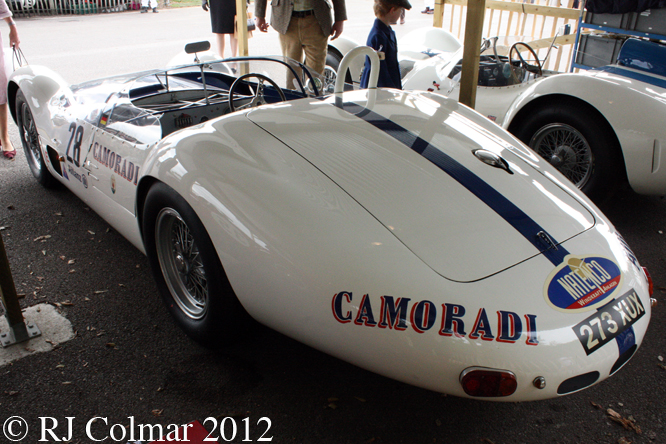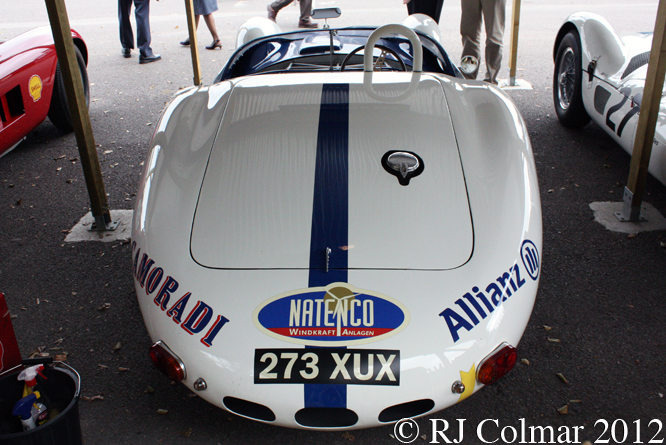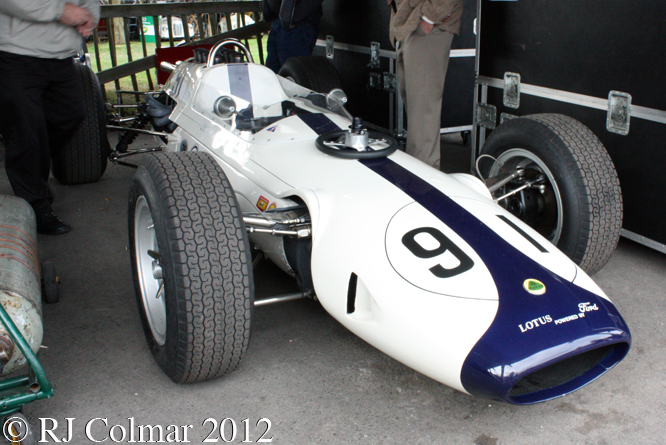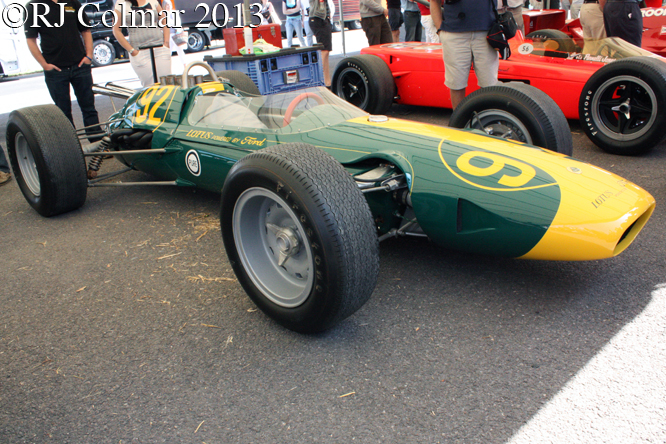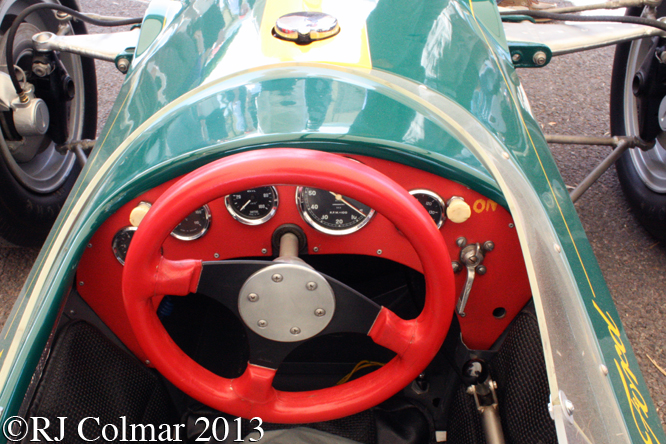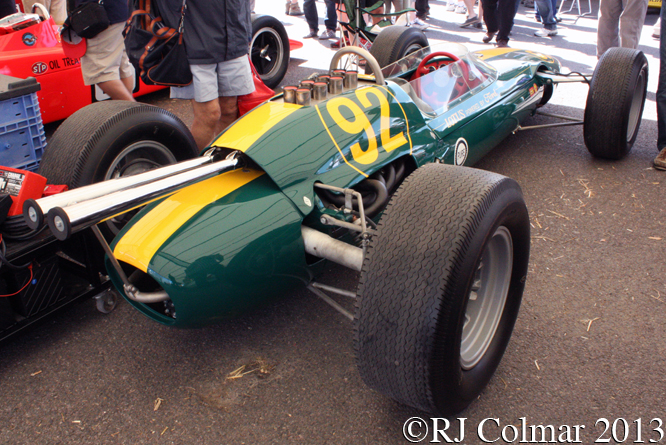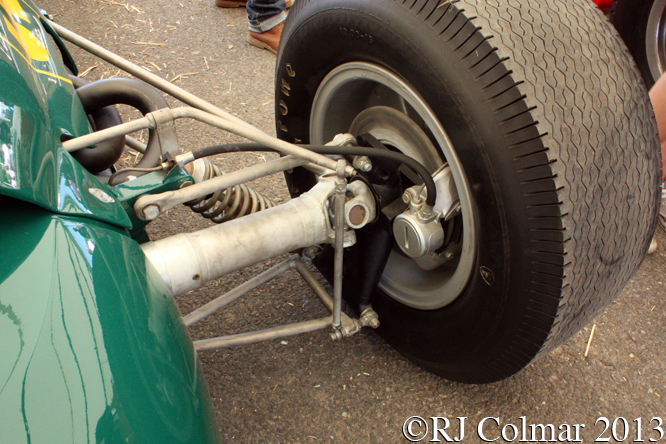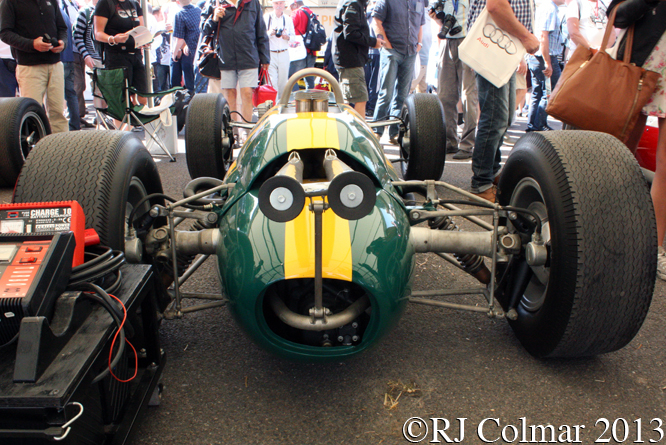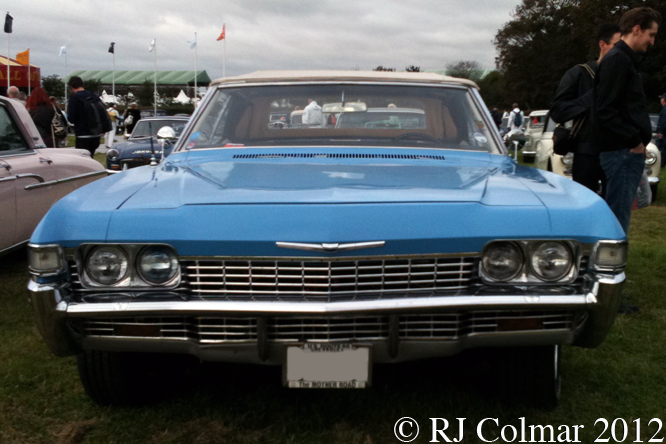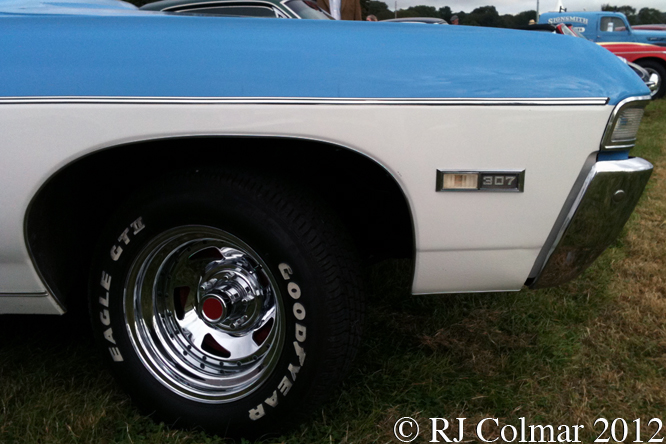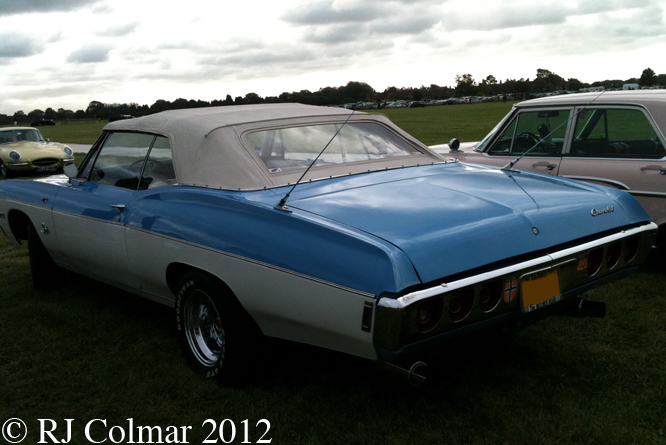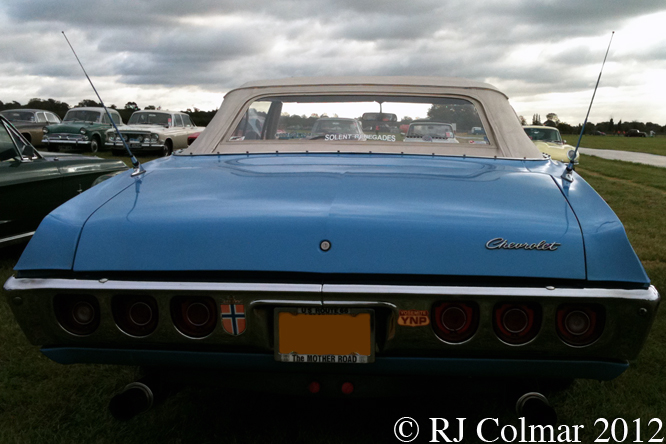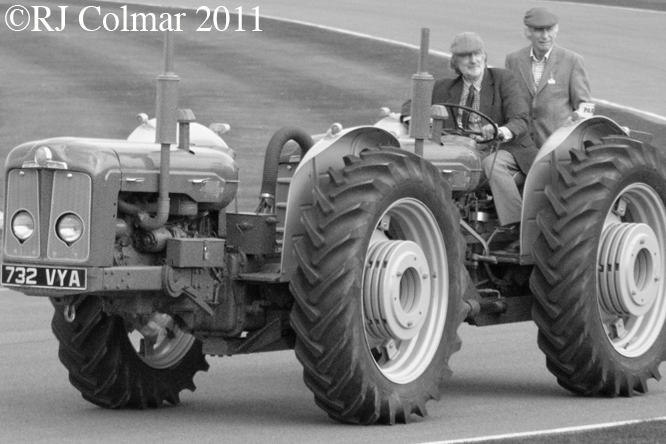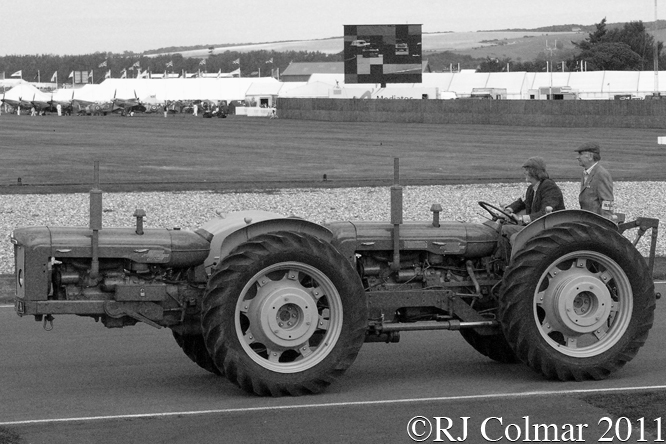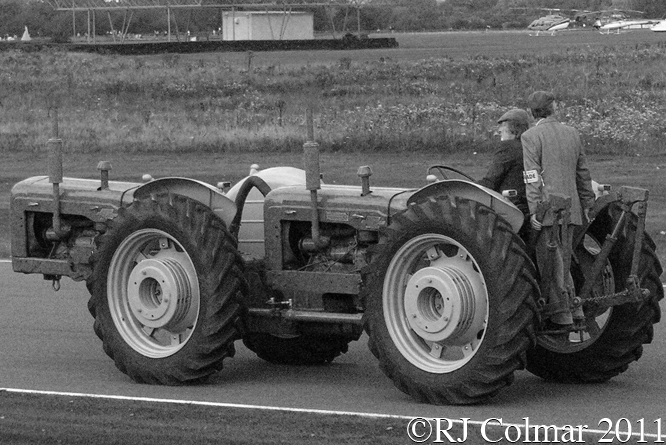Parts of today’s featured car started life as the Maserati France entered Maserati 151 chassis #151.002 which raced at Le Mans in 1962 alongside Briggs Cunningham’s chassis #151.004 and #151.006, the latter which I looked at last Monday.
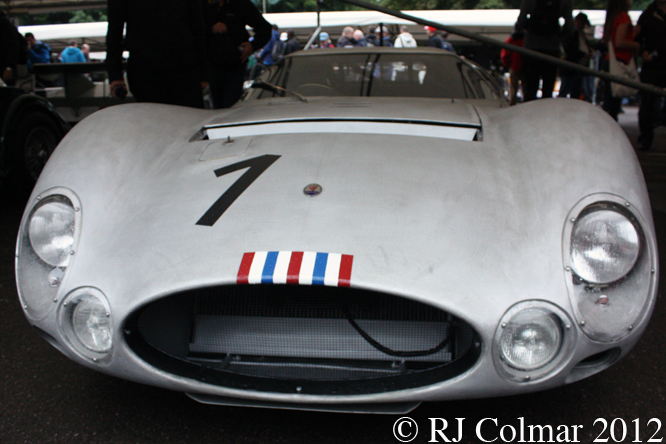
#151.002 was driven by Maurice Trintignant and Lucien Bianchi in the 1962 Le Mans 24 Hours qualifying 7th, slowest of the three Maserati 151 models and retiring after completing 152 laps with suspension issues.
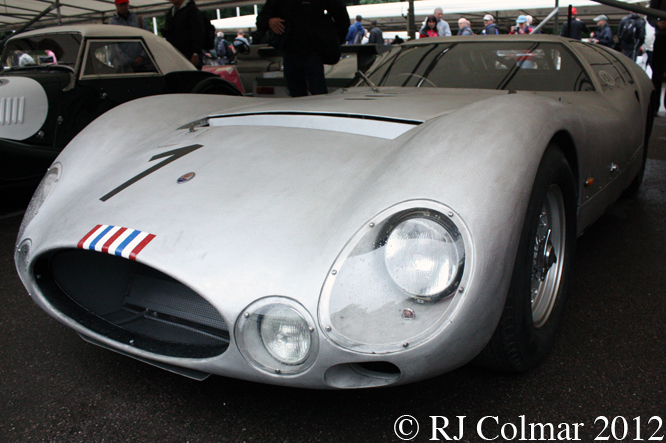
In April 1963 #151.002 reappeared at the Le Mans Test with a 5 litre / 302 cui V8 motor replacing the original 4 litre / 244 cui unit. André Simon and Lloyd Casner drove the car to the 4th fastest time and returned in June to qualify 5th for the 24 Hour race but retired after 40 laps with gearbox issues.
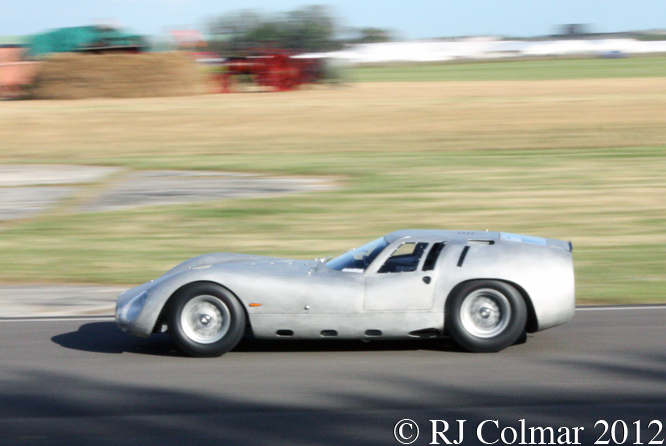
#151.002, also known at the time as 151/2, appeared in three more events in 1963 scoring a best 8th place finish in the Trophée d’Auvergne at Clermond Ferrant (F) with Lucien Bianchi at the wheel.
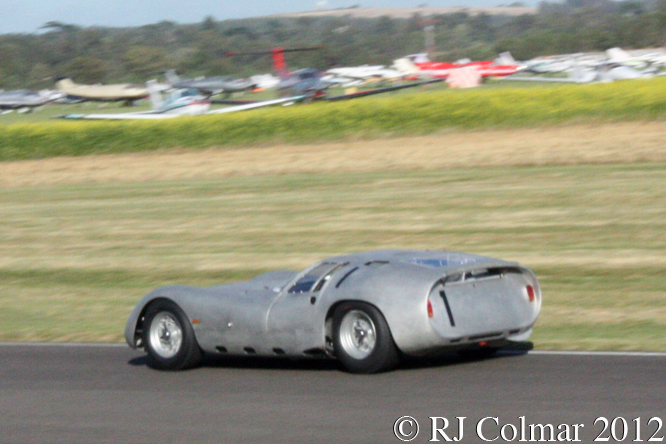
For 1964 #151.002 was further upgraded with a dry sump motor mounted lower in the chassis which was also altered to accommodate wire tires and wheels. Finally the car also had a new Piero Drogo penned unpainted aluminium body fitted just in time for the 1964 Le Mans test, the new body quickly earned the “Racing Van” sorbriquet.
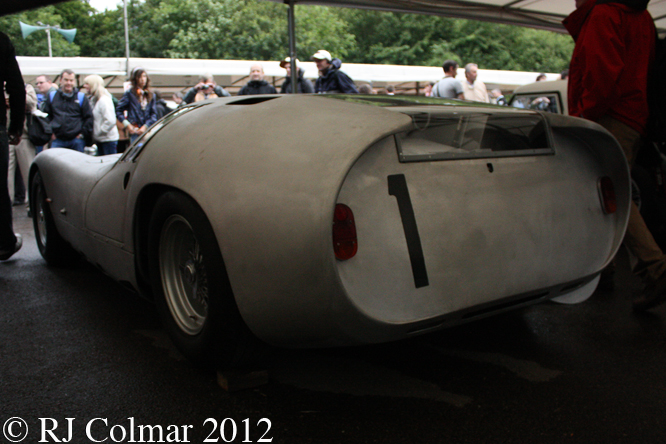
Maurice Trintignant and France’s Maserati importer André Simon set 4th fastest time in the reworked Maserati and found it capable of 196 mph on the Mulsane straight. For the ’64 Le Mans race the Maurice and André qualified #151.002 15th, but retired after 99 laps with electrical issues. The same drivers were entered to drive #151.002 in two more events but retired with ignition issues from the Reims 12 Hours and after an accident from the Paris 1000 kms at Circuit de Linas-Montlhéry.
For 1965 the final incarnation of #151.002 also known as 151/4 included fitting a slightly larger 5055cc / 308 cui V8 which produced 450 hp. The car was again taken to the Le Mans Test weekend where Lloyd “Lucky” Casner of Camoradi Racing Team fame met his untimely demise in #151.002 at the kink on the Mulsanne Straight being fatally thrown from the car which was effectively destroyed in the accident.
During the 1980’s Herr Kaus of the Bianco Museum owned one of the 151/3 spec motors from the crashed #151.002, as he did the uncrashed #151.006 car, and was supplied by Maserati with drawings to build a new 151/3 spec chassis and the original 151/3 body buck so that Sig Allegretti, who built the original body, could build another !
Herr Kaus never got the project finished, but more recently Barrie Baxter, seen sharing the car with Jochen Mass at Goodwood Revival, has.
My thanks to Doug Nye and driverider at The Nostalgia Forum for their comments.
Thanks for joining me on this “Racing Van” edition of “Gettin’ a li’l psycho on tyres” I hope you will join me again tomorrow. Don’t forget to come back now !


